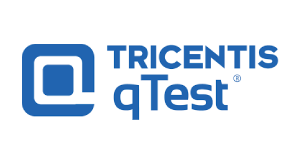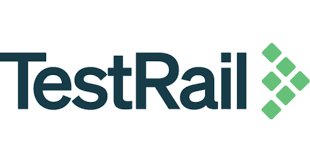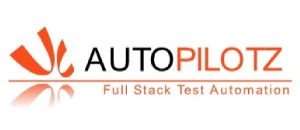AUTOPILOTZ
Automated QA Auditing
For Enterprise IT Applications
QA Auditing for IT Enterprise Applications
Quality Assurance (QA) auditing ensures that your enterprise application testing process aligns with organizational standards and industry best practices. It involves a thorough evaluation of testing methodologies, adherence to defined processes, and timely execution to maintain consistency, reliability, and compliance.
A critical aspect of QA auditing is validating test execution results recorded in test management tools like JIRA Zephyr, ALM, Azure Devops, TestRail and more. This ensures that test cases are executed as planned, defects are properly logged, and results accurately reflect system behavior.

By conducting regular QA audits, organizations can:
- Ensure adherence to established testing protocols
- Validate QA process by checking test execution results in test management tools
- Enhance software quality and performance
- Identify gaps in the testing process
- Improve compliance with regulatory requirements
- Minimize risks and defects before production
Automated QA Auditing for Test Management Tools
Manual QA auditing can be time-consuming, error-prone, and costly, often leading to missed findings. Automated QA Auditing provides a faster, more accurate, and cost-effective approach to validating test execution processes within test management tools like OpenText ALM, Jira Zephyr, Tricentis qTest, and TestRail. At AUTOPILOTZ, we design custom automated auditing solutions tailored to your organization’s QA compliance needs. Our solutions help teams identify gaps in their testing processes and ensure adherence to best practices with minimal effort.

Key Benefits of Automated QA Auditing:
- Accurate and consistent auditing with minimal human intervention
- Faster validation of test execution results
- Reduced effort and cost compared to manual audits
- Improved compliance with QA standards and best practices
Tools Support




Automated QA Auditing in
TEST MANAGEMENT Tools
Test Execution Status Validation
Ensuring all test cases are updated with a status like Passed, Failed, Blocked, or Not Applicable. No test should remain in a "No Run" state after execution.
Test Evidence Verification
Checking if screenshots, logs, or reports are attached at the step level or run level for each test case.
Defect Linkage Compliance
Ensuring that all failed or blocked test cases have linked defects for proper tracking.
Traceability Matrix Validation
Verifying the end-to-end linkage between requirements, test cases, and defects to maintain full test coverage.
AI-Powered Screenshot Validation
Leveraging AI to automatically validate screenshots captured during test execution, detecting UI changes, anomalies, and unexpected behaviors.
